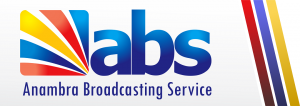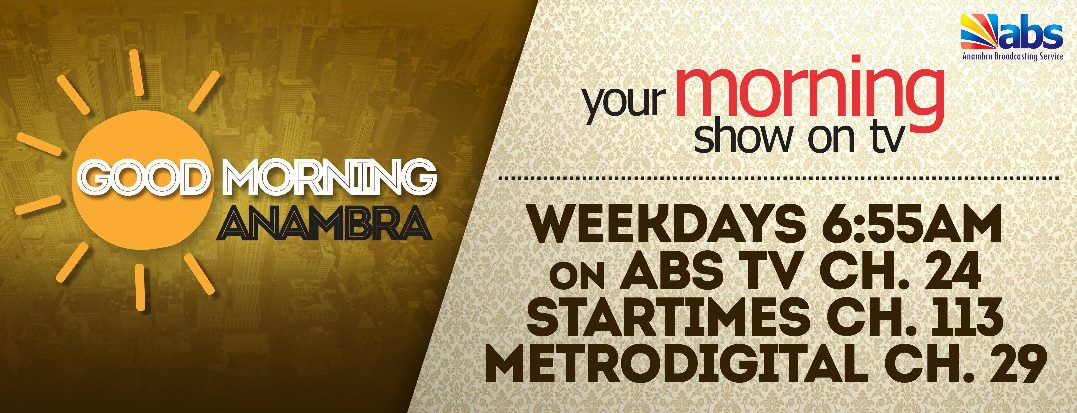Written By: Michael Aronu
According to Wikipedia, ‘radiology is a medical specialty that uses medical imaging to diagnose and treat diseases within the bodies of both humans and animals’. A radiologist is a medical doctor who has completed the appropriate postgraduate training, interprets medical images and communicates the findings to other physicians. He uses imaging to perform minimal invasive medical procedures to diagnose and treat diseases, thereby averting surgery.
A radiologist trains younger medical doctors in the same specialty and heads an imaging team, comprising nurses, radiographers, dark room technician, etcetera. Annually, November 8th is commemorated as International Day of Radiology to sensitize the masses on the importance of radiology to modern medicine. This year’s theme is“Radiology in Sports Medicine”. Sports Medicine is a branch of medicine that deals with physical fitness, treatment and prevention of injuries related to sports and exercises.
Sport in general is a recreational career industry with competitive investors and large revenue base. At such, a high level of competitiveness and professionalism is demanded from these athletes, who inevitably come with muscle wears, tears, fractures and dislocation.
Muscle and ligament injuries constitute 30% of sport injuries in western clime, which leads to enormous lost game time, revenue and training sessions. This is why most professional sport stadia and arenas have clinics and training rooms equipped with medical imaging systems.
Radiologists are in the front call of managing these injuries. Their roles include: making diagnosis of sport injuries, monitoring healing and prognosis of sport injuries, indicating risk of re-injury, checking complications and associations for medical interventions when necessary. They equally cross collaborate with sport physicians in essence of guiding them in management of these injuries.
Imaging modalities used in Sport Medicine include: X-rays and computed tomography (CT), Ultrasound, MRI among others. Plain X-rays, which has advantage of being readily available, cost effective and readily accessible, is the imaging of choice to diagnose broken bones or fractures and dislocations. Computed Tomography, though more expensive, are used in traumatic fractures. It gives clearer images of bone in cross sectional orientation. It also creates 3D images of bones and joints for better visualization of fracture segments, so its images are prepared as a guide for orthopedic surgeries of patients with fracture.
Magnetic resonance imaging gives better soft tissue details like muscles, tendons, ligaments and fluids around joints. With high Tesla machines, accuracy of diagnosis of sport injuries has markedly improved. They are more expensive. However, they give better prognostic prediction of functional impairment that can lead to lengthy recovery time and increased risk of re-injury.
In a nutshell, accurate diagnosis and good monitoring of the injured by a radiologist, using the imaging modalities, hastens return to play. More research by radiologists is on-going for new modalities for better diagnosis and prognosis.
Although, awareness of sports medicine and imaging is increasing in western world, the developing countries, like Nigeria, are still faced with daunting challenges like lack of infrastructure, few equipment, high cost of maintenance of machines, poor accessibility to such amenities, which are mostly located in urban centers. There is also ignorance and cultural Beliefs, such as use of bone setters, poor knowledge of existing specialty, healing homes and superstitious beliefs. In addition, there is poverty, high cost of imaging, illiteracy as well as lack of manpower, poor remuneration of specialists, lack of operational expertise.All these drawbacks can be mitigated by creating more awareness, value reorientation, providing enabling environment by government, more capacity funding, both in research and infrastructure as well as subsiding cost of imaging, provision of health insurance and better professional collaboration between radiologist, sport physicians and radiographers.









Comments are closed for this post.